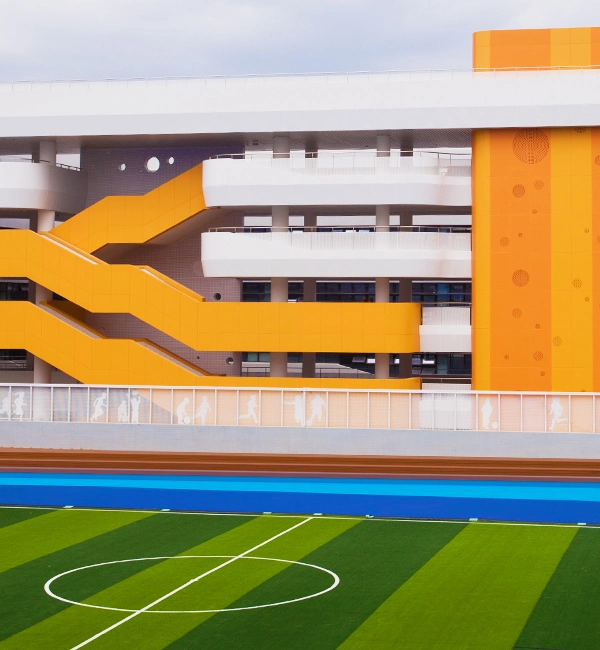Aluminum Facades: Integrating Technology for Smart Building Solutions from Jack Harry's blog
Aluminum facades have become a popular choice for high-rise buildings due to their structural benefits and aesthetic appeal. But in today's fast-paced world of technology and innovation, aluminum facades are being integrated with cutting-edge technologies to create smart building solutions that not only enhance the appearance of the building but also improve its overall efficiency and functionality.
Smart Glass Technology for Energy Efficiency
One of the key technological advancements in aluminum facades is the integration of smart glass. Smart glass, also known as switchable glass, is a dynamic glass that can change its light transmission properties in response to an external stimulus, such as heat, light, or electricity. By incorporating smart glass into aluminum facades, building owners can control the amount of sunlight entering the building, reducing the need for artificial lighting and heating, which in turn helps to save energy and reduce utility costs.
Building Integrated Photovoltaics (BIPV) for Renewable Energy
Another technology that is being integrated into aluminum facade system is Building Integrated Photovoltaics (BIPV). BIPV systems consist of solar panels that are integrated directly into the building facade, allowing the building to generate its own renewable energy. By incorporating BIPV systems into aluminum facades, high-rise buildings can reduce their reliance on traditional sources of energy, lower their carbon footprint, and potentially even generate revenue through the sale of excess energy back to the grid.
Smart Sensors and Automation Systems for Improved Building Performance
In addition to energy-saving technologies, aluminum facades are also being equipped with smart sensors and automation systems to improve building performance and occupant comfort. These sensors can monitor a range of parameters, including temperature, humidity, air quality, and occupancy levels, allowing building management systems to adjust heating, cooling, and ventilation systems in real-time to optimize comfort levels and energy efficiency.
Centralized Control and Monitoring for Enhanced Building Efficiency
Furthermore, the integration of automation systems into aluminum facades allows for the centralized control and monitoring of various building systems, such as lighting, security, and access control. By connecting these systems to a central building management platform, facility managers can remotely monitor and control building operations, identify potential issues before they escalate, and ultimately improve the overall efficiency and safety of the building.
Conclusion: The Future of Smart and Sustainable Buildings
Ultimately, the integration of technology into aluminum facades offers a multitude of benefits for high-rise buildings, including improved energy efficiency, reduced operational costs, enhanced occupant comfort, and increased building value. As building design continues to evolve, it is clear that aluminum facades will play a crucial role in shaping the future of smart, sustainable, and technologically advanced buildings. By embracing these advancements and implementing them into their building projects, architects, developers, and building owners can create high-rise structures that are not only visually striking but also efficient, functional, and environmentally friendly.

The Wall